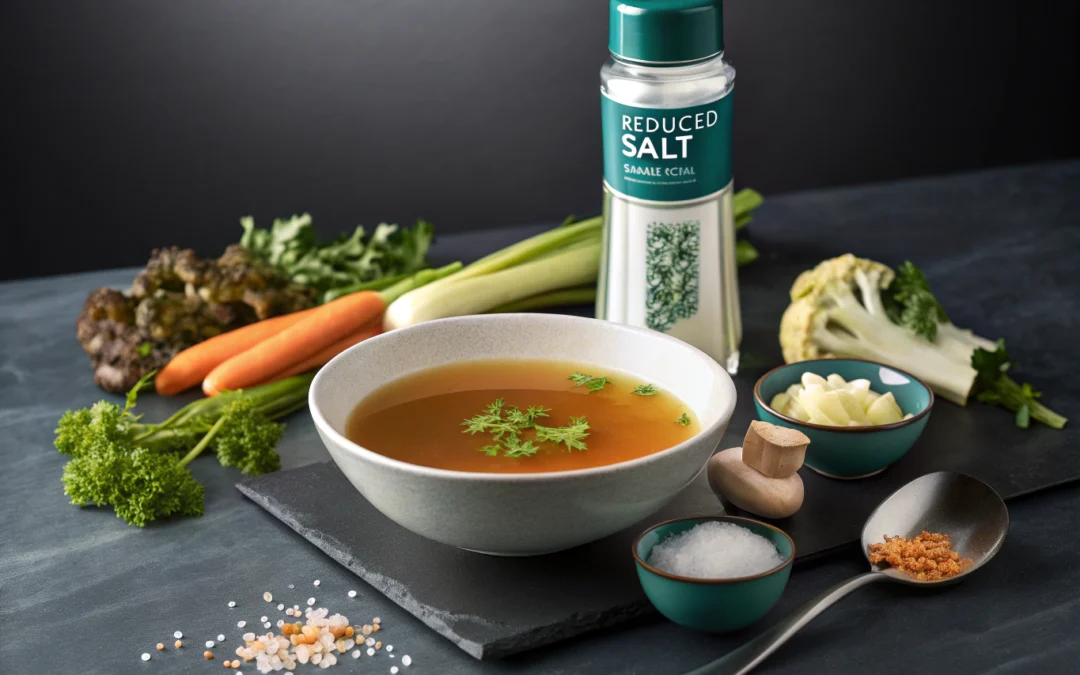Understanding the Benefits of Low Sodium Bone Broth
Bone broth has become a staple for many seeking a nutritious, comforting addition to their diet. However, for those monitoring their sodium intake, traditional bone broths can pose a challenge. Thankfully, low sodium bone broth offers an alternative that allows consumers to enjoy the benefits of this nutrient-dense liquid without the excess salt. This approach caters especially to individuals with hypertension or those following a low-sodium diet, providing an option to incorporate bone broth into their routines without compromise.
What Is Low Sodium Bone Broth?
Definition and Composition
Low sodium bone broth is made by simmering bones—typically beef, chicken, or fish—along with vegetables and herbs, similar to traditional recipes. The key difference lies in the salt content; manufacturers reduce or eliminate added salt during processing. This results in a broth that retains its rich flavor and nutritional profile while significantly lowering the sodium levels, making it suitable for those seeking to manage their salt intake.
Why Choose Low Sodium Options?
High sodium consumption is linked to elevated blood pressure and increased risk of cardiovascular issues. By choosing low sodium bone broth, consumers can enjoy the immune-boosting, gut-healing, and joint-supporting benefits of bone broth without contributing to excessive salt intake. It also allows for greater culinary flexibility, as you can season the broth to your taste without worrying about surpassing recommended daily sodium limits.
Health Benefits of Bone Broth with Reduced Salt
Rich Source of Nutrients
Bone broth naturally contains collagen, gelatin, amino acids, minerals like calcium and magnesium, and other bioavailable nutrients. These components support joint health, skin elasticity, and gut integrity. Lowering the sodium content does not diminish these benefits, making it a nutritious choice for daily consumption.
Supporting Heart and Kidney Health
Reducing sodium intake is a well-recognized strategy for maintaining healthy blood pressure levels. Incorporating low sodium bone broth into meals allows individuals to enjoy its savory flavor and health benefits while aligning with dietary guidelines aimed at cardiovascular and renal health.
Practical Tips for Incorporating Low Sodium Bone Broth
Use as a Base for Soups and Stews
Replacing high-sodium broths with low sodium options can immediately cut down salt intake in your recipes. Add fresh herbs, spices, and a squeeze of lemon to enhance flavor without adding salt.
Drink as a Warm Beverage
A cup of warm, unsalted bone broth can serve as a nourishing snack or light meal component, offering hydration alongside its nutritional benefits.
Cooking Grains and Vegetables
Use low sodium bone broth to cook rice, quinoa, or vegetables for added flavor and nutrient density without the extra salt.
Consumer Recommendations
- Look for bone broth products explicitly labeled as “low sodium” to ensure sodium levels align with dietary needs.
- Experiment with herbs and spices to compensate for reduced salt and enhance flavor profiles.
- Read nutrition labels carefully—some products may still contain added salt or preservatives.
- Consider making homemade low sodium bone broth to control ingredients and seasoning levels.
Checkout ProductScope AI’s Studio (and get 200 free studio credits)

